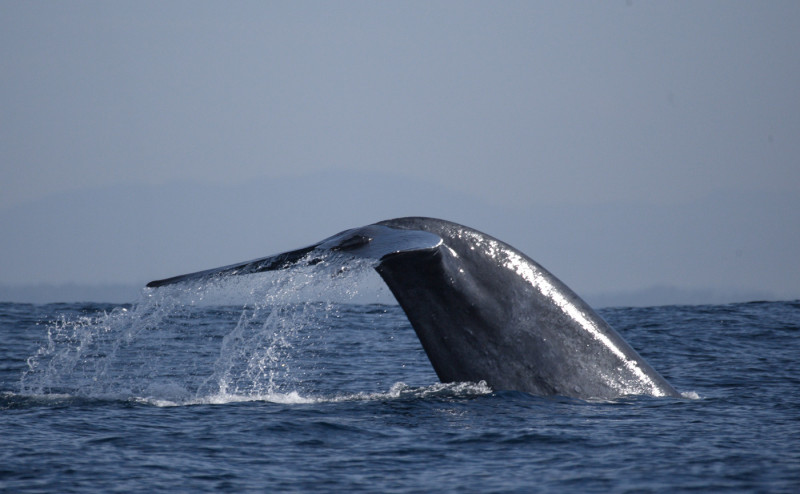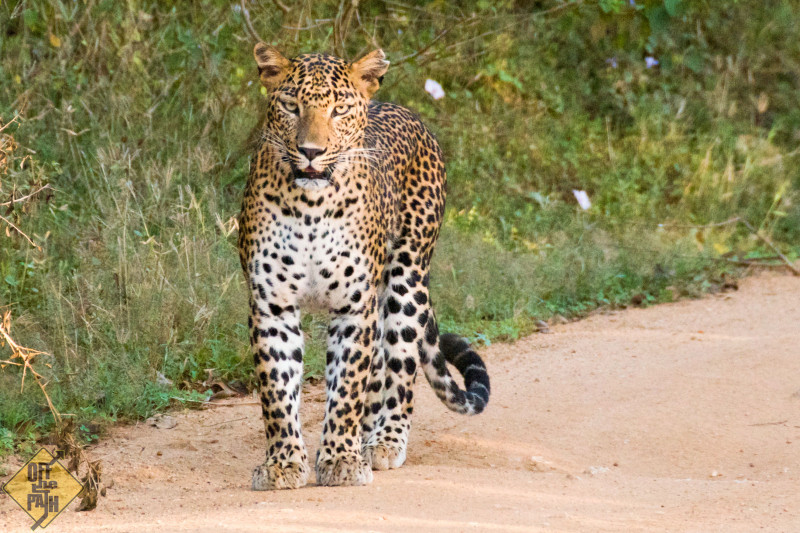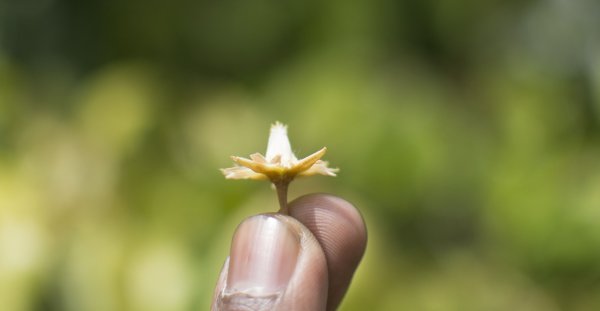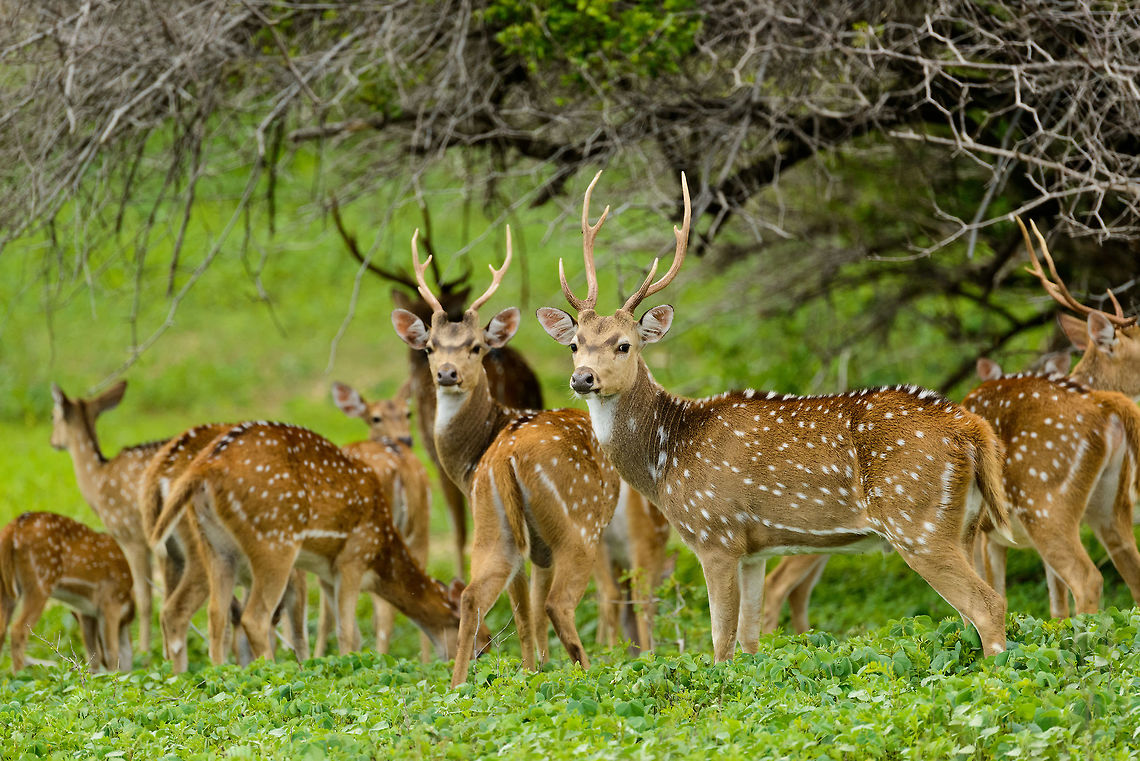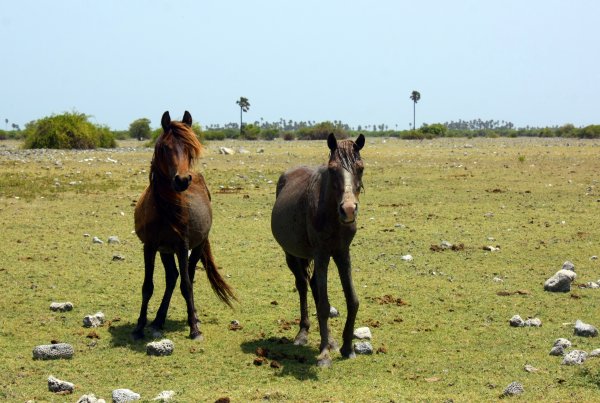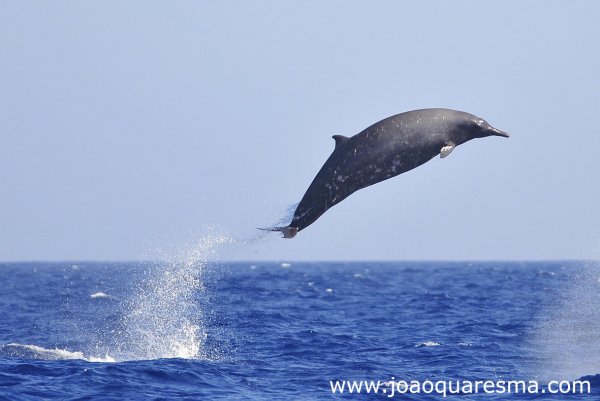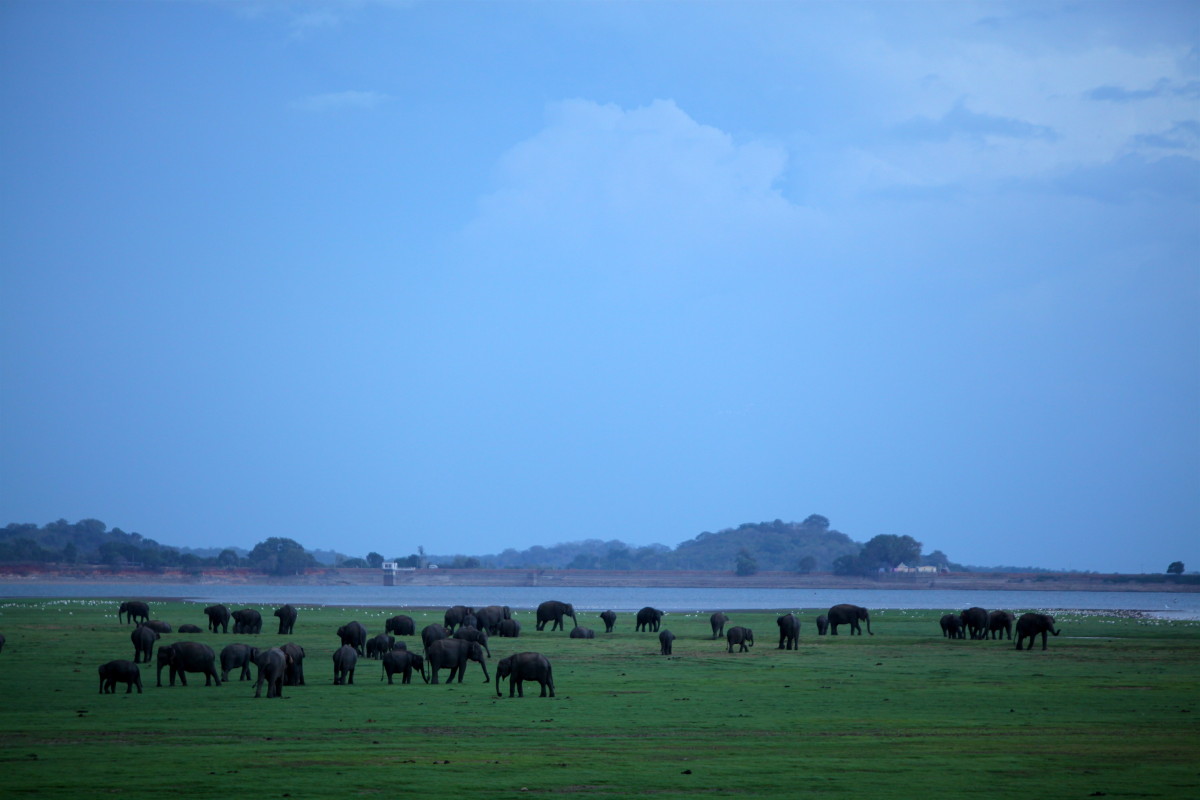
Renowned naturalist Gehan de Silva Wijeratne makes a rather bold claim:
Sri Lanka, he contends, is the best all-round wildlife destination in the world. Better, even, than such sought after hotspots as the Serengeti plain and the Amazon rainforest.
Sceptical? So were we. Until we heard what he had to say.
To illustrate, say you’re a tourist travelling through Sri Lanka…
You can take the Southern Expressway to Mirissa to see the largest animal to have ever lived on Earth, the blue whale. Seeing one of those giants take a nosedive into the depths of the Indian ocean with your own eyes is one of the most rewarding experiences you could ever have. Then there are the dolphins and the somewhat rarer and no less amazing super-pods of sperm whales. It’s truly a sight for sore eyes.
When you’re done there, you can drive a bit further down south and go on a safari at the Yala National Park, where you will see wild elephants in their natural habitat and, if you’re lucky, spot the ever so elusive leopard. If safaris are not your thing and you’d rather go hiking through a thick rainforest buzzing with exotic birds and insects, the Sinharaja forest reserve is just a couple of hours away on the way back to Colombo. Or perhaps you fancy a swim with the fishes? No problem. You can hit the beach and snorkel with eye-poppingly colourful fish – with the added bonus of checking out some of the most beautiful corals you’ll find anywhere in this part of the world. (Trinco is where you want to go for this, or, if that’s too far away, you can always stop by Hikkaduwa).
Long story short, if you want to go wild, your options are virtually endless.
Which brings us to Gehan’s point: There are very few countries in the world where you get this amazing combination of flora and fauna and this level of rich biodiversity. Very few, indeed. And Gehan is convinced that – and it’s not hard to see why – Sri Lanka is the best of them all, because, honestly, where else in the world can you do all of the above over a single weekend?
Gehan tells Roar that Sri Lanka is “super rich” in wildlife and that it boasts a diversity more befitting a larger country on a continental scale. Which means that, for a short, specialist wildlife photographic holiday, Sri Lanka is well and truly unmatched. Especially when you take into account the abundance of sheer spectacle, the endless range of landscapes, weather and terrain, it’s conveniently small size and adequately developed tourism infrastructure.
According to Gehan, Sri Lanka has a disproportionately high species-per-unit-area count and an unusually high endemicity. It’s also home to terrestrial big game (such as leopards, sloth bears and wild elephants), and is fast becoming one of the most popular destinations in the world for whale watching, with frequent sightings of blue and sperm whales reported almost daily.
The reason for such ridiculously high rates?
Gehan attributes them to three factors. Namely, physical (island, monsoons, isolation from India allowing for high endemicity, rich river system nourishing coastal waters), evolutionary factors (land-bridge connections and species radiations) and, of course, human factors (land cultivated in ancient times covered in thick jungle over time, with man-made lakes and reservoirs serving as watering holes for wild animals).
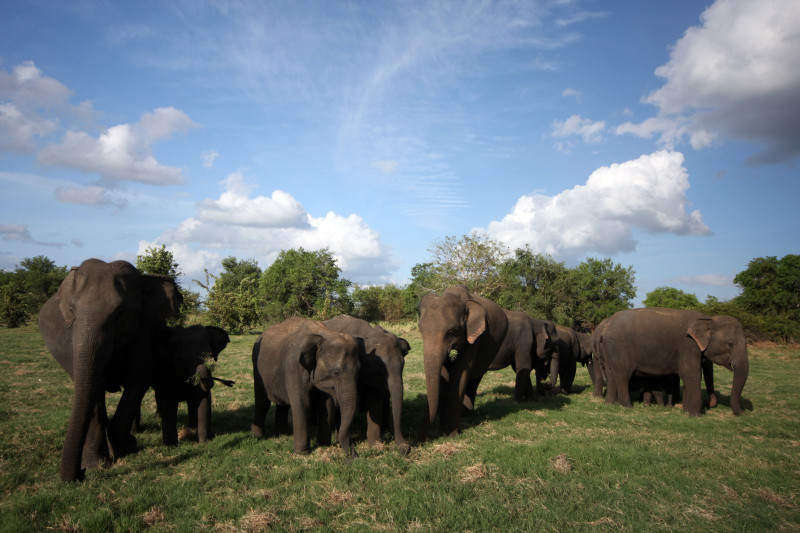
Minneriya Elephant Gathering is one of Sri Lanka’s most attended wildlife event – Image Courtesy, Lucy Calder
And then are the spectacular wildlife “events.” From the aforementioned sperm whale superpods and seasonal concentrations of blue whales, to the Gathering in Minneriya (widely regarded to be the largest annually occurring concentration of wild elephants in the world), no other country comes close.
“It is arguably the best in the world,” reiterates Gehan.
Of course, while this claim makes a lot of sense, it is not the easiest to swallow. Why would any Western traveller, for example, bother visiting a tiny, obscure island south of India when, looking at a global wildlife map, he or she would be practically spoilt for choice? In fact, Sri Lankans themselves might be of the opinion that wildlife here lacks the “cool/wow” factor of, say, a lion stalking its prey in the African savannah.
How do we counter this?
“To be successful in wildlife tourism, it’s important to start with recognising what you are not. Sri Lanka’s selling point is the combination of mega fauna and endemic wildlife in a small compact area. On a single factor basis, nothing can surpass the big game safaris in East and South Africa. The small island of Singapore has better visitor access to its rainforests. But as an all-round wildlife destination, Sri Lanka’s potential is unmatched,” says Gehan.
(Yes, you heard him right. Singapore has actual wildlife).
Economic benefits
This combination/diversity that Gehan attributes Sri Lanka’s unique position to could prove to be enormously beneficial to the country’s economy, in terms of foreign revenue alone.
“I met an Indian national who had read an article about watching blue whales in Sri Lanka and she had come with a group of friends and stayed at the Jetwing Lighthouse. Each of them were spending about USD 2,000 on accommodation, and other expenses on the ground. If whale watching motivates 10,000 people a year to visit Sri Lanka, that is USD 20 million coming to the island through whale watching being the key driver,” says Gehan.
The Minneriya Elephant gathering, he surmises, could generate a whopping billion rupees every year, purely in terms of hotel room revenue.
“With post conflict room rates, this could be higher. When I say motivate, it may not be as direct as the Indian lady and her friends specifically in mind. People may see a wildlife documentary such as the three-part Wild Sri Lanka series by Mike Birkhead Associates. This may plant an idea in their heads that they would like to visit Sri Lanka at some point. Months or years later, they might see a beach holiday advertised to Sri Lanka and they might book that with some excursions for wildlife included,” he says.
The benefits of developing wild tourism are not limited to the economy
“Wildlife tourism is already a billion dollar industry in some African countries. This is direct income. Conserving wilderness results in ecosystem benefits which could exceed that. To grow food we need rain, for rain we need tree cover. Our rainwater catchment areas are good for elephants and wildlife, so we benefit in more ways than one,” says Gehan.
It is clear that Sri Lanka is blessed with a unique and wide ranging variety of wildlife that could potentially take the country places. Provided, of course, that we take good care of it. Conservation is, needless to say, going to be vital. Even though it’s discussed ad nauseum all year round, a lot more can be done to actually protect our forests and animals. And young people, especially, ought to be educated on its importance and long term benefits.
Gehan readily agrees.
“Conservation is as important as not burning the roof over your head. To meet our basic physical needs for food, water, soil and clean air, we have to conserve our wildernesses. We also need it for our psychological well being. In developed countries, we see the greening of cities and development of access to wild spaces for recreation gathering momentum. Children have an in-built fascination with wildlife. The popularity of National Geographic wildlife documentaries testify to that. Kids have always found wildlife to be ‘cool,’ but each generation has a different interpretation of how they want to interact,” he says.
It goes without saying that conservation of our wildlife is, ultimately, in our own self-interest. Unfortunately, however, not many seem to realise or even comprehend its significance. While developing wild tourism, it is imperative that we protect our wildlife – or assets, if you will – that are obviously essential for its very existence. It is, therefore, as Gehan says, up to us to ensure that our rich biodiversity remains the way it is, so that, if nothing else, future Sri Lankans may continue to reap its benefits.

